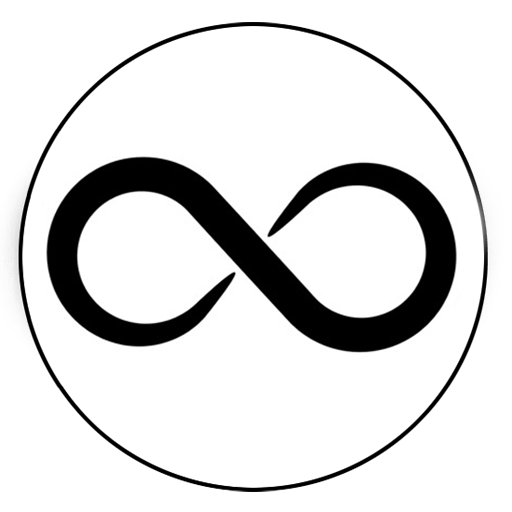Health law, with its intrinsic labyrinth of medical, legal, and ethical considerations, is no simple domain. This juncture calls upon health lawyers to serve as indispensable navigators, charting a course for healthcare providers, institutions, and even patients through this often bewildering terrain. Yet, despite their crucial role, these legal experts often falter when it comes to bridging the communication gap with their clients. Misunderstandings, disputes, a dissolving trust – they all take root in the fertile soil of communication breakdowns.
Let’s delve into the layers of these communication faults, common to health lawyers, and let’s shed light on some remedial strategies that may hold the power to transform these deficiencies.
Firstly, and most fundamentally, we have the issue of clients feeling unheard. You see, those seeking legal counsel are invariably trying to resolve an issue, a thorny problem that demands attention. Their voices cry out for acknowledgement, their words longing to be understood, to be seen as part of the solution. The inattention of health lawyers can breed misinterpretation, mistrust, and tragically, sub-optimal results. This is where the art of ‘active listening’ strides onto the stage. Attending to the client’s words, echoing their sentiments, summarizing their concerns, seeking clarification – these are the cornerstones of active listening.
Yet, even when listening actively, health lawyers can blunder in their communication. Take the use of legal jargon, for instance. The language of health law can easily morph into an alien tongue for clients, each technical term, each piece of legal lingo, adding another layer of befuddlement. Speaking plainly, elucidating legal ideas in digestible terms, is the antidote to this pitfall.
Moving from the spoken word to instructions, we encounter another stumbling block – ambiguity. The fallout from unclear directions can be riddled with misunderstandings, errors, and failures. Here, clarity is king. Health lawyers must ensure that their clients comprehend their responsibilities and the severe fallout of negligence, especially in a domain as sensitive as health law.
Let’s not overlook the ticking clock, for time is a critical element in this equation. Clients don’t just need solutions; they need them now. Delayed communication breeds frustration, trust erosion, and a mounting sense of urgency. Prompt responses and routine case updates can mitigate these negative impacts.
Diving deeper into the human dimension, we touch upon the realms of empathy and compassion. Legal troubles carry emotional weights, psychological burdens that clients bear. Health lawyers must don their clients’ shoes, see the world through their eyes, comprehend their perspective. They must radiate care and concern for their clients’ wellbeing. Empathy and compassion aren’t optional – they’re essential.
Even without words, communication continues, courtesy of non-verbal cues. Lawyers must become astute observers of facial expressions, body language, tone of voice – those silent whispers of clients’ emotions and attitudes. Tuning into these signals can shape the lawyers’ communication strategy.
While we’re on the subject of complexity, legal procedures are a minefield of confusion for clients. Lawyers must clarify each step, each implication, drawing a clear road map for clients navigating these procedural mazes.
The journey doesn’t end at the explanation. Follow-up communication is essential, a regular pulse check to update clients and ward off misunderstandings.
With a client base as diverse as humanity itself, cultural sensitivity is paramount. Health lawyers must understand and respect the norms and values of different cultures, adjusting their communication to resonate with each unique client.
Protecting client confidentiality is an inviolable mandate. A breach here shatters trust and invites legal repercussions.
Client expectations need careful management. Over-promising and under-delivering is a recipe for dissatisfaction and eroded trust. Lawyers must present a realistic case assessment and potential outcomes to their clients.
And finally, technology. Digital tools and platforms, the lifeblood of modern communication, must be within the lawyer’s command. Technological competence is key to effective client communication.
In essence, effective communication is not just a component but the cornerstone of health law. Active listening, plain language, clarity, timeliness, empathy, non-verbal sensitivity, procedural explanation, follow-ups, cultural sensitivity, confidentiality, expectation management, and technological competence – these are the hallmarks of a successful health lawyer.
Now, you may have some questions:
What is health law? Health law is a complex field where healthcare and law intersect, necessitating expert navigation.
Why is effective communication so crucial in health law? Clear communication helps clients understand their legal obligations and procedures’ implications.
What happens if confidentiality isn’t maintained in health law? Breaches in confidentiality can shatter trust and invite legal ramifications.
How can health lawyers enhance their technological competence? By mastering digital tools and platforms, lawyers can communicate more effectively.
What is cultural competence? Cultural competence involves understanding and respecting clients’ cultural norms and values, leading to more effective communication strategies.

